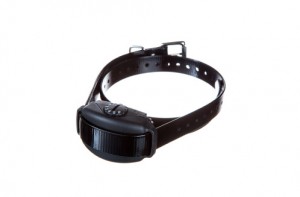Lyme Disease: How do I protect my pet?
I’m sure at some point, all pet owners and even non pet owners have been affected by the tick population. May is Lyme Disease Prevention Month. With pets being outside a lot, and being in the south, our pets are very susceptible to tick borne illness, one of which is Lyme Disease. Lyme Disease can affect humans and animals alike, and the good news is, there are ways to prevent your pets from becoming infected.
Lyme Disease can be prevented by using a reliable tick-prevention product. It’s a good idea to try to avoid areas of tall grass and wooded areas since ticks are commonly found here. Keeping your own yard maintained (cutting the grass consistently, weed eating, trimming shrubbery) can aid in keep the population of ticks down. Also, it’s important to check your pets (and yourself) once you are inside. Ticks tend to like areas where they may be easily hidden like under the legs, between toes, and in the ears.
Symptoms of Lyme Disease in pets include fever, loss of appetite, swelling of the joints, decreased activity, and difficulty walking. These symptoms could not show until months after a bite. Lyme disease can mimic other illness so it can go undetected at times. Luckily, antibiotics have been developed to treat Lyme Disease.
Lyme disease is only passed through tick bites so it is not something that can be passed from animal to animal, human to animal, or animal to human; however, if you or your pet is diagnosed with Lyme disease, it is recommended that the other be tested since you live in a shared environment.
Lyme Disease can be a deadly disease but with prevention and early detection, the prognosis can be good for pets and humans. The first place you want to start is by reaching out to your veterinarian regarding getting your pet started on tick prevention. If you do not have a vet, please contact us. We have several local vets that we are able to recommend with the confidence that they will provide you and your pet with exceptional service.
